YYYYMMDD >>> BACK HOME <<< >>> SELECTED FEATURES <<< >>> HIDDEN ARCHIVE <<<
[20220922]
HOLD INFINITY IN THE PALM OF YOUR HAND AND ETERNITY IN AN HOUR by BELU-SIMION FAINARU at GALERIA PLAN B [from 20220916 to 20221029]
[Photos: Trevor Good]


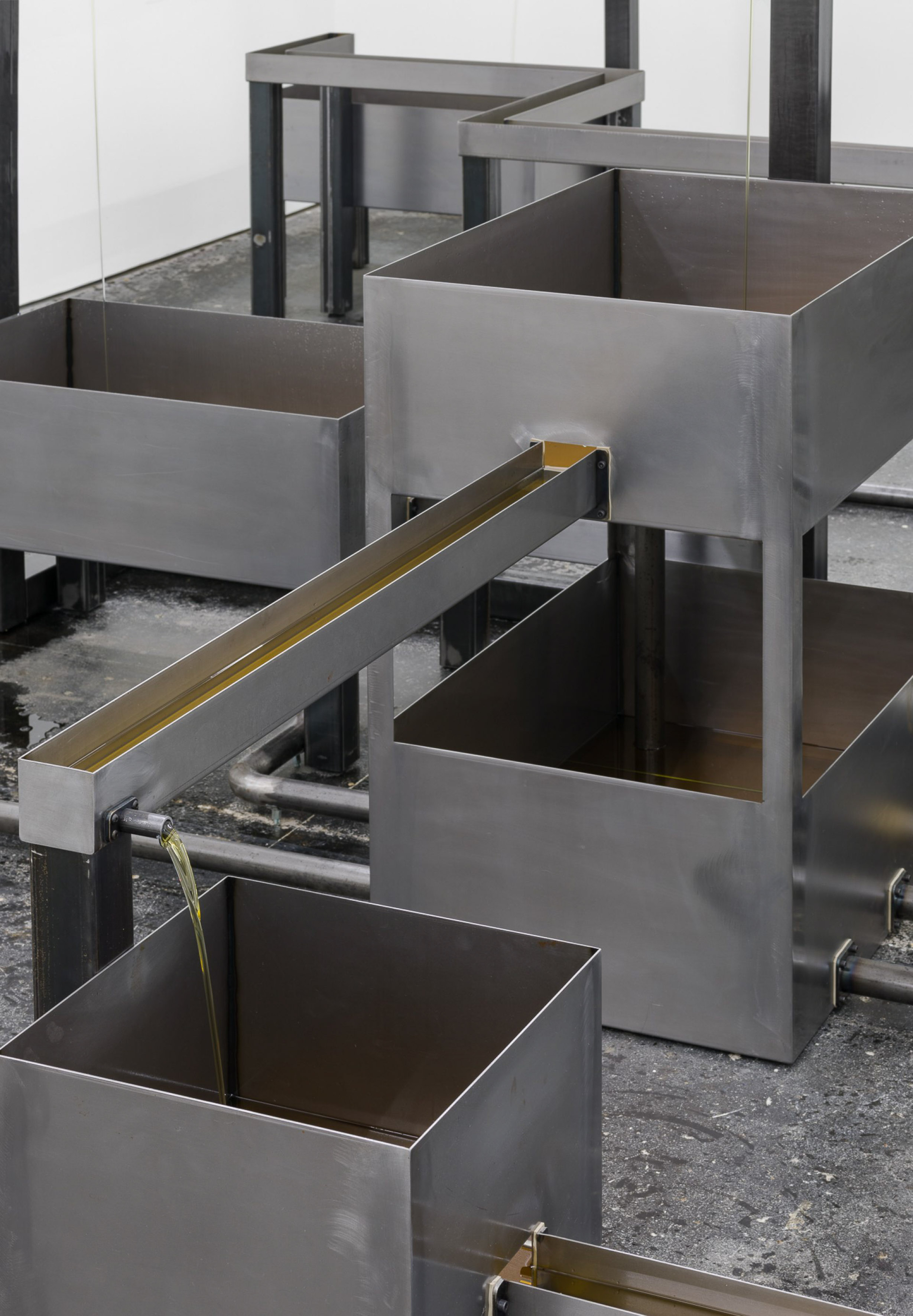
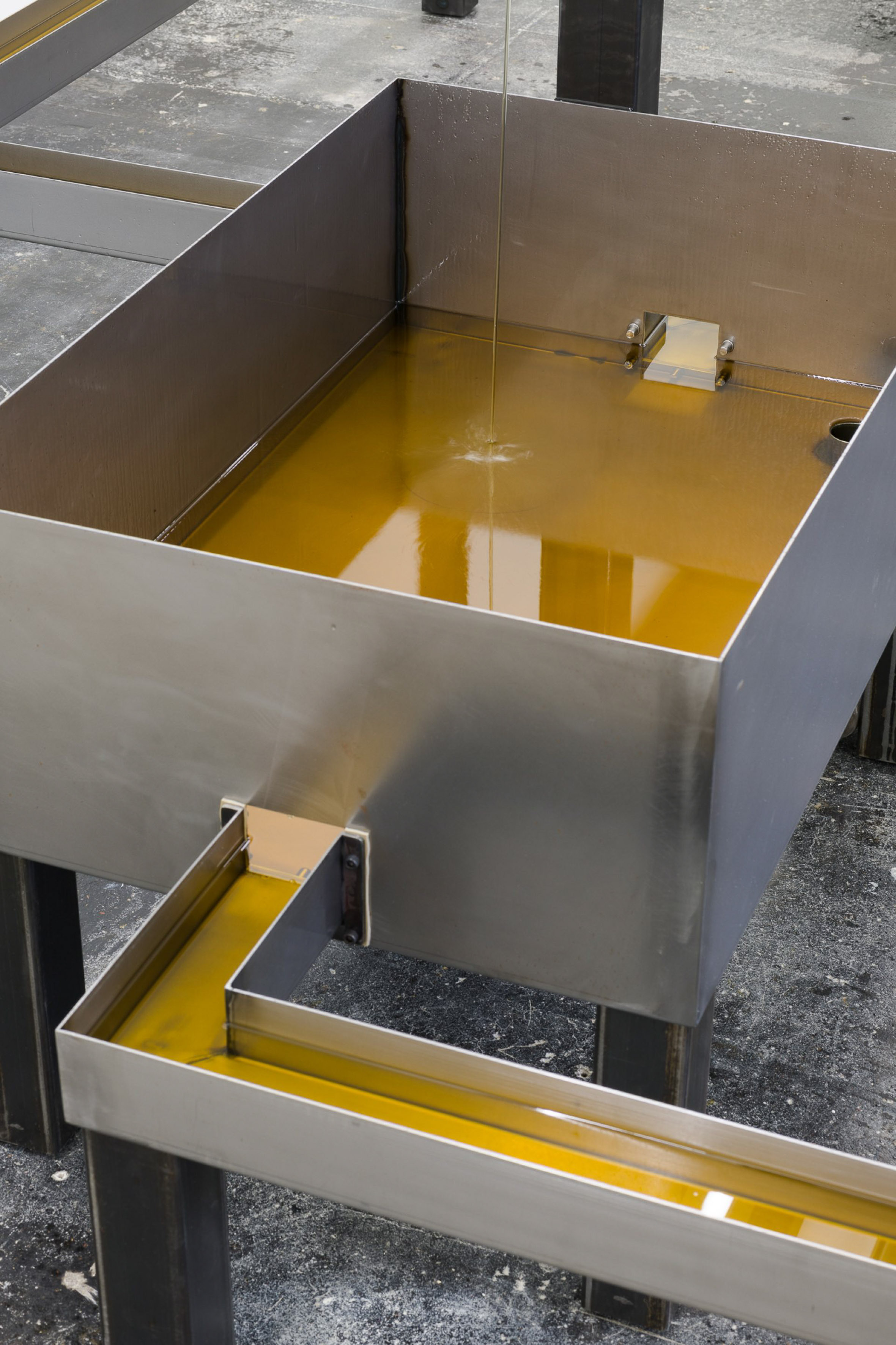






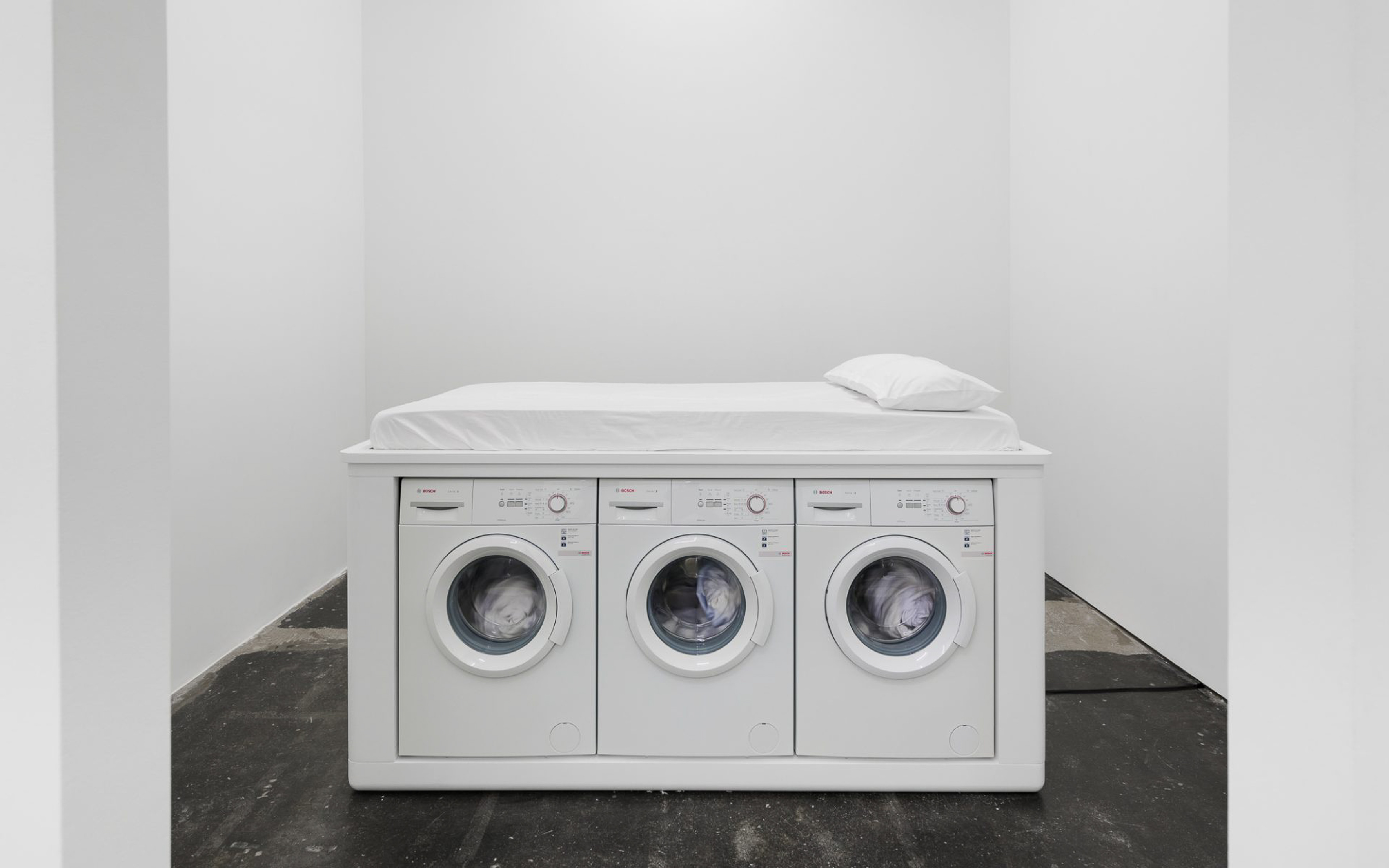
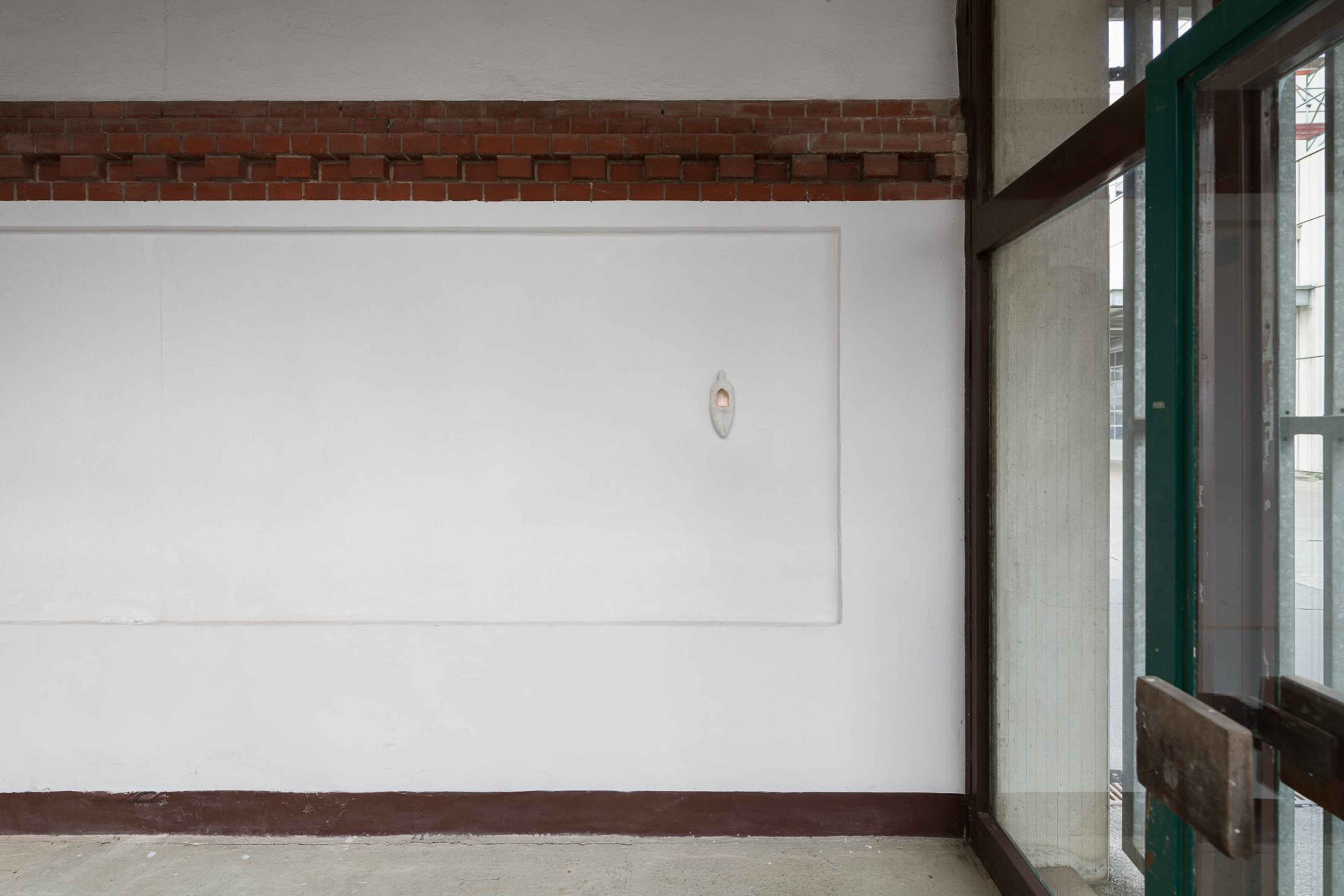
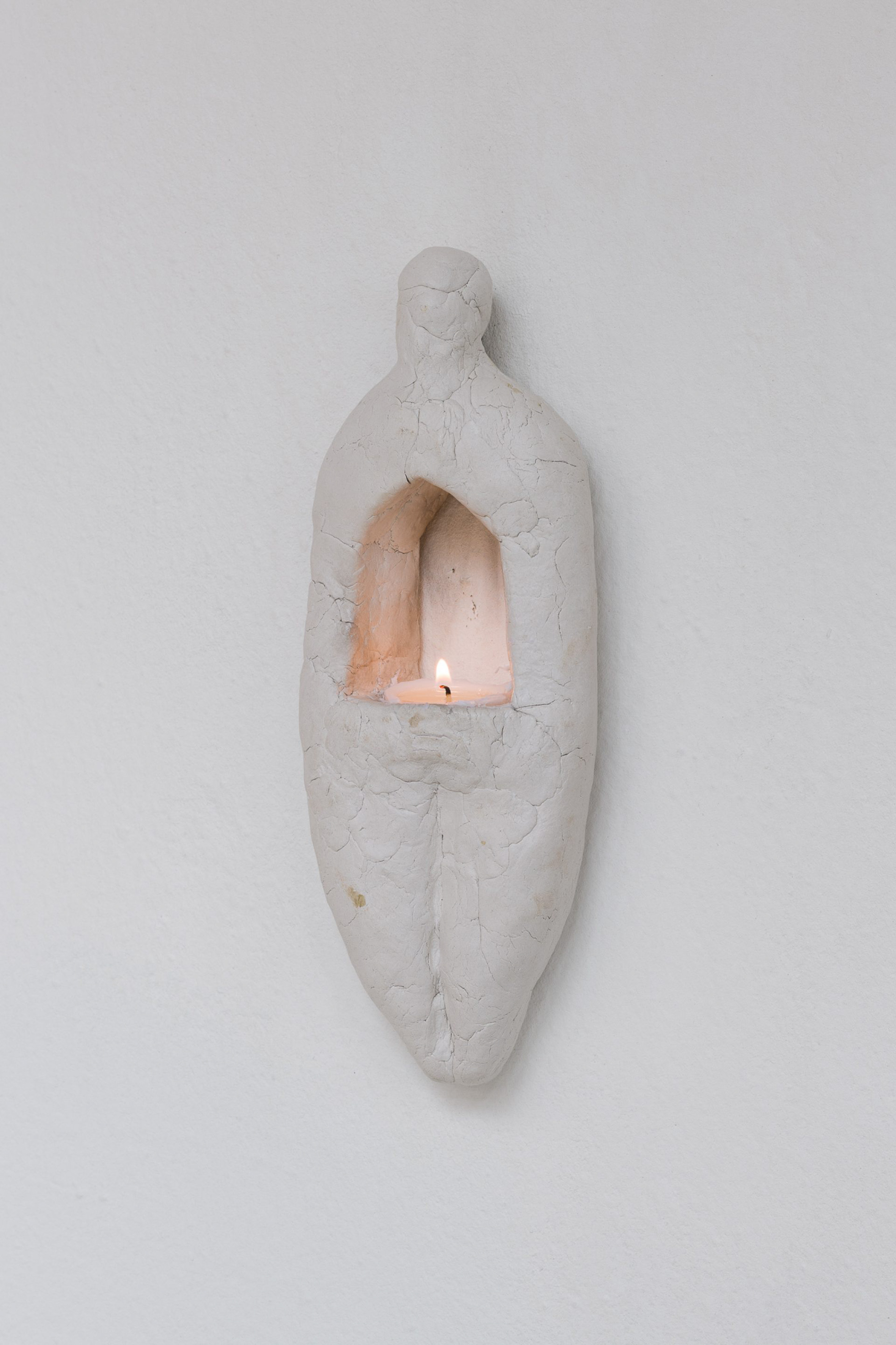
”In a liquid modern life there are no permanent bonds, and any that we take up for a time must be tied loosely so that they can be untied again, as quickly and as effortlessly as possible, when circumstances change - as they surely will in our liquid modern society, over and over again”. [Zygmunt Bauman, Liquid Modernity]
It is tempting to look at time in measurable units – seconds, minutes, hours. These carefully sized moments become attached to places, pinning memories down like signs onto a map that no one dares to forget. In his latest solo show at Galeria Plan B in Berlin, Belu-Simion Făinaru confronts the paradoxical temporal relation between impermanence and the desire for change.
Time has always been central in the artist’s approach to relational aesthetics, carefully allowing the context and his audience to partake in the open-ended premises of his work. Approaching universal themes such as war, migration and loss, the artist derives inspiration from his own personal experience, reflecting on his East-European upbringing and his family’s immigration to Israel.
The early 90s saw to his international artistic recognition in prestigious biennials and events, leading to the anecdote of his participation in documenta IX whereas Făinaru hands in his work for the show by conveniently taking out of his pockets a small mock-up of a boat, an egg and a glass. The pertinent commentary to the gated resources of the art world, the resulting installation titled You have always to start anew (1991) was and still is a declaration of nomadic vulnerability and humour, encouraged by the curatorial team at the time, with a deep understanding of the changing socio-political context of the 90s. Throughout his prolific career, Belu-Simion Făinaru witnessed and reflected upon the increasing effects of globalisation, only made more pervasive by the advent of digital and virtual realities. The artist further created contexts of seemingly impossible dialogues, through his involvement as the director and curator of the Mediterranean Biennale or as a founding member of the AMOCA, The Museum of Contemporary Art Sakhnin.
The artist’s works verge on Arte Povera’s principle of discovering what is already there and what remains longer still (or what can be displaced altogether), and post-minimalism, underlining scarcity or accumulation at will. It is fascinating to discuss his works starting from spatial coordinates, since it is bewildering to see how each new exhibition context provides and adds additional layers and previously unrealised connections. A subtle matter, and certainly less discussed so far, is that of time in Făinaru’s artistic practice.
The current exhibition opens a window of opportunity to look anew at Belu-Simion Făinaru’s installations and objects and find our temporal gaze, suggesting that time might be, in Deleuze’s and Bergson’s terms, ”[...] not a force dimension of space but itself containing more dimensions of space…”. In this vein, the show presents carefully thought-through in-situ installations, in a subtle scenography of light, sound, geometries of motion and stillness, with some of the artist’s long-term permutations of household items, memorabilia and interventions. The visitor is further invited to reflect upon the semiotic relations created between new productions as well as artworks previously presented in important events around the world, of which two main installations can provide a key to seeing in time-space.
Entering through the front door of the gallery, the visitor is presented with an almost empty room. A single lightbulb hangs from the ceiling. The solitary object is in fact part of an installation of multiples, titled Daylight, consisting of seven hand-written light bulbs, each scripted with a different day of the week. In a hidden, connected collaborative performance, the custodian changes the light daily, in a metaphorical remaking of the world in seven days, seized in an electric time loop. What is commonly thought-of to be Friday is followed by a conventional agreement of a Saturday, although the passage of time is unavoidably affected by an artificial, filament sun. The work bears a symbolic correspondence, among others, to Picasso’s depiction of the panoptical electric lightbulb in his famous Guernica, referencing an unveiling of the darkness-in-the-incandescence – a glooming trauma that resurfaces frequently in the artist’s poetics of displacement.
Light is a powerful theme in Jewish philosophy, a recurrent source of interest for Făinaru, connected thus with the concept of the Void, the black matter that consumes all to the point of nothingness, allowing coexisting dualities of absence / presence, disappearance / reoccurrence. Daylight introduces the visitor to a specific Genesis on loop of calendars artificially maintained, breaking the illusion of mathematical time. This Genesis is never allowed to expand, continuously being reset by another world-making loop, within the lifespan of the exhibition.
Crossing the room, and exiting the de facto event horizon of Daytime, one can see its time-duration opposite in a large-scale, modular system of ten communicating containers that circulate a continuous flux of olive oil. Ceiling-high beams pour down equally seven elongated liquid columns in a seemingly functional perpetuum mobile of an enclosed system. Through its downwards fluid motion, it resembles a giant hourglass that never reaches the end of the last grain of sand. The complex yet elegant fluid mechanics of it all gives way to imagination and semiotics: a distribution system of natural resources, a Mediterranean allure carried by the olfactive aroma of the olive oil, and in-flux energy. Perhaps less known, is that olive oil also burns clear, without smoke, and that in ancient times, olive oil lamps turned the nights into low-lit days, long before electricity.
Yet light has a different time-significance in this case. The olive cultivation, trade and distribution has arguably built a geography and ecosystem of its own. The artist hints at the unifying aspect of the nutritious property of abundance built on endurance, olive trees flourish in dry climates. Either way, every undertone of the abstract built of the in-situ work, instils a degree of anxiety. What would happen if the olive-oil continuum were disrupted? Time is felt differently in an economy of angst and anticipation, as sociologist and philosopher Zygmunt Bauman further argues: ”As time flows on, ‘modernity’ changes its forms in the manner of the legendary Proteus… What was some time ago dubbed (erroneously) 'post-modernity' and what I've chosen to call, more to the point, 'liquid modernity', is the growing conviction that change is the only permanence, and uncertainty the only certainty.”
Exhibition title: quote from the poem Auguries of Innocence by William Blake.
[Text: Cristina Stoenescu]
©YYYYMMDD All content and design by Daniela Grabosch + Ricardo Almeida Roque unless otherwise stated. Images, Videos and Texts can only be used under permission of the author(s).